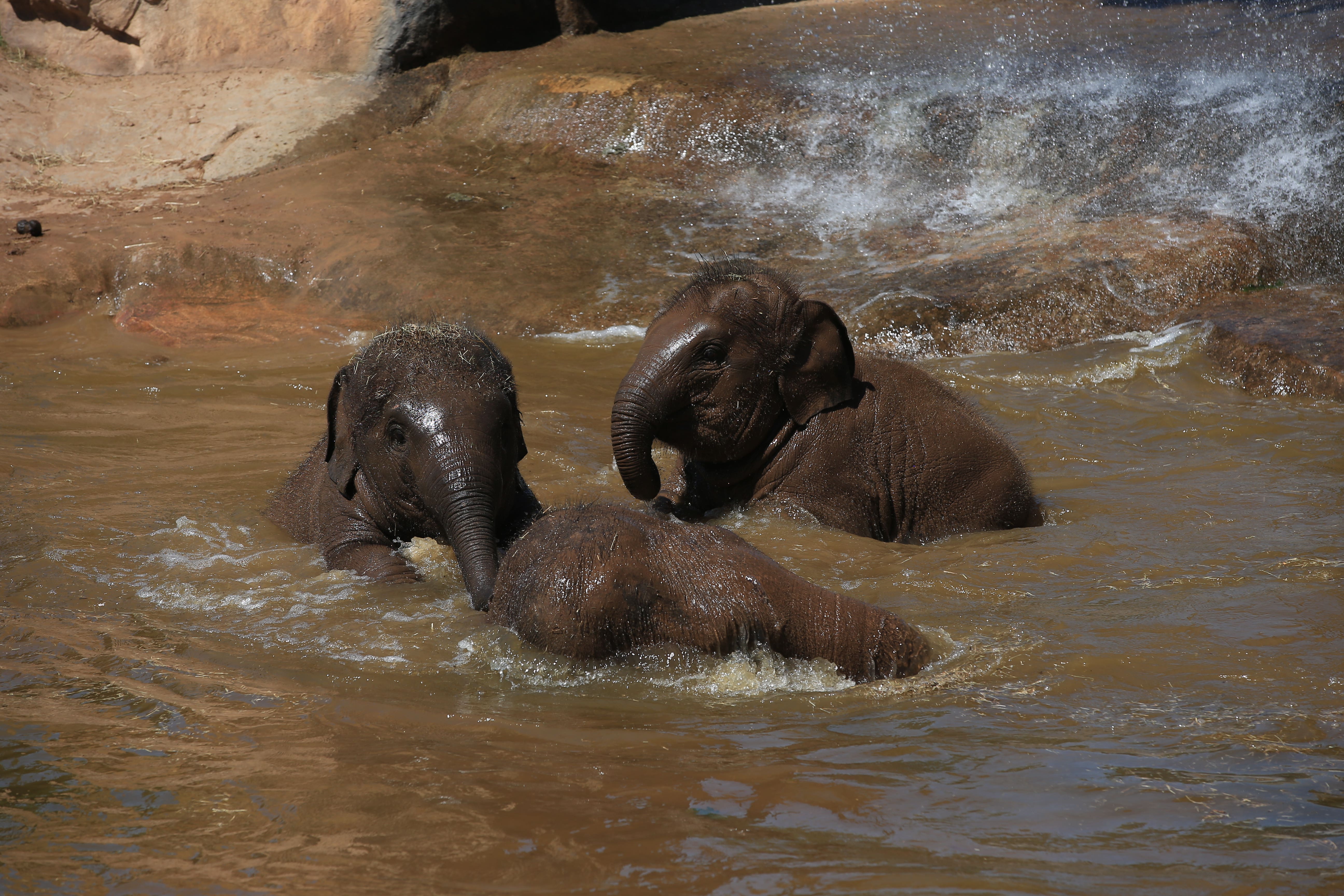Mammals living in groups may live the longest, study suggests
Researchers say the study may improve their understanding of the evolution of social organisation and longevity in these species.

Your support helps us to tell the story
From reproductive rights to climate change to Big Tech, The Independent is on the ground when the story is developing. Whether it's investigating the financials of Elon Musk's pro-Trump PAC or producing our latest documentary, 'The A Word', which shines a light on the American women fighting for reproductive rights, we know how important it is to parse out the facts from the messaging.
At such a critical moment in US history, we need reporters on the ground. Your donation allows us to keep sending journalists to speak to both sides of the story.
The Independent is trusted by Americans across the entire political spectrum. And unlike many other quality news outlets, we choose not to lock Americans out of our reporting and analysis with paywalls. We believe quality journalism should be available to everyone, paid for by those who can afford it.
Your support makes all the difference.Mammals living in groups may live longer than those leading solitary lives, new research suggests.
The findings are based on analysis of almost 1,000 mammals including the golden snub-nosed monkey, naked mole-rat, bowhead whale and horseshoe bat.
Researchers say the study may improve their understanding of the evolution of social organisation and longevity in those species.
Long lifespan favoured by group-living species may be because group living reduces extrinsic mortality by limiting the risks of predation and starvation...
Mammals live in a variety of ways including alone, in a pair and in groups.
They also show a huge contrast in maximum lifespan, ranging from about two years for shrews to more than 200 for bowhead whales.
Previous research on individual species, such as chacma baboons, found individuals with strong social bonds live longer than those with weak connections.
Living in a group has been found to limit the risk from predators and starvation – enhancing the lifespan in mammals.
However, researchers say analyses between different species have been limited.
Additionally, the reasons for the underlying evolutionary relationships between sociality and longevity in mammals are unclear.
Writing in Nature Communications, the researchers said: “There was no significant difference in longevity between pair-living and group-living species, or between pair-living and solitary species, suggesting that pair-living alone is unable to mediate lifespan extension despite it can generate an association between a pair of individuals.
“Long lifespan favoured by group-living species may be because group living reduces extrinsic mortality by limiting the risks of predation and starvation, and the strong and stable social bonds formed among group members have the power to enhance longevity.”
Xuming Zhou and Ming Li from the Institute of Zoology, CAS Key Laboratory of Animal Ecology and Conservation Biology, China, and colleagues analysed 974 species of mammal to compare three categories of social organisation – solitary, pair-living and group-living – with longevity.
Animals living in groups included the Asian and African elephant, ring-tailed lemur, mountain zebra and horseshoe bat.
Solitary species included the dugong, aardvark and eastern chipmunk.
The researchers found that group-living species generally live longer than solitary species, supporting the linked evolution of social organisation and longevity.
For example, northern short-tailed shrews, which are solitary, and greater horseshoe bats, which live in groups, are both similar in weight but have maximum lifespans of about two years and 30 years respectively.
The authors performed a type of genetic analysis for 94 species of mammal and identified 31 genes, hormones and immunity-related pathways broadly associated with social organisation and longevity.